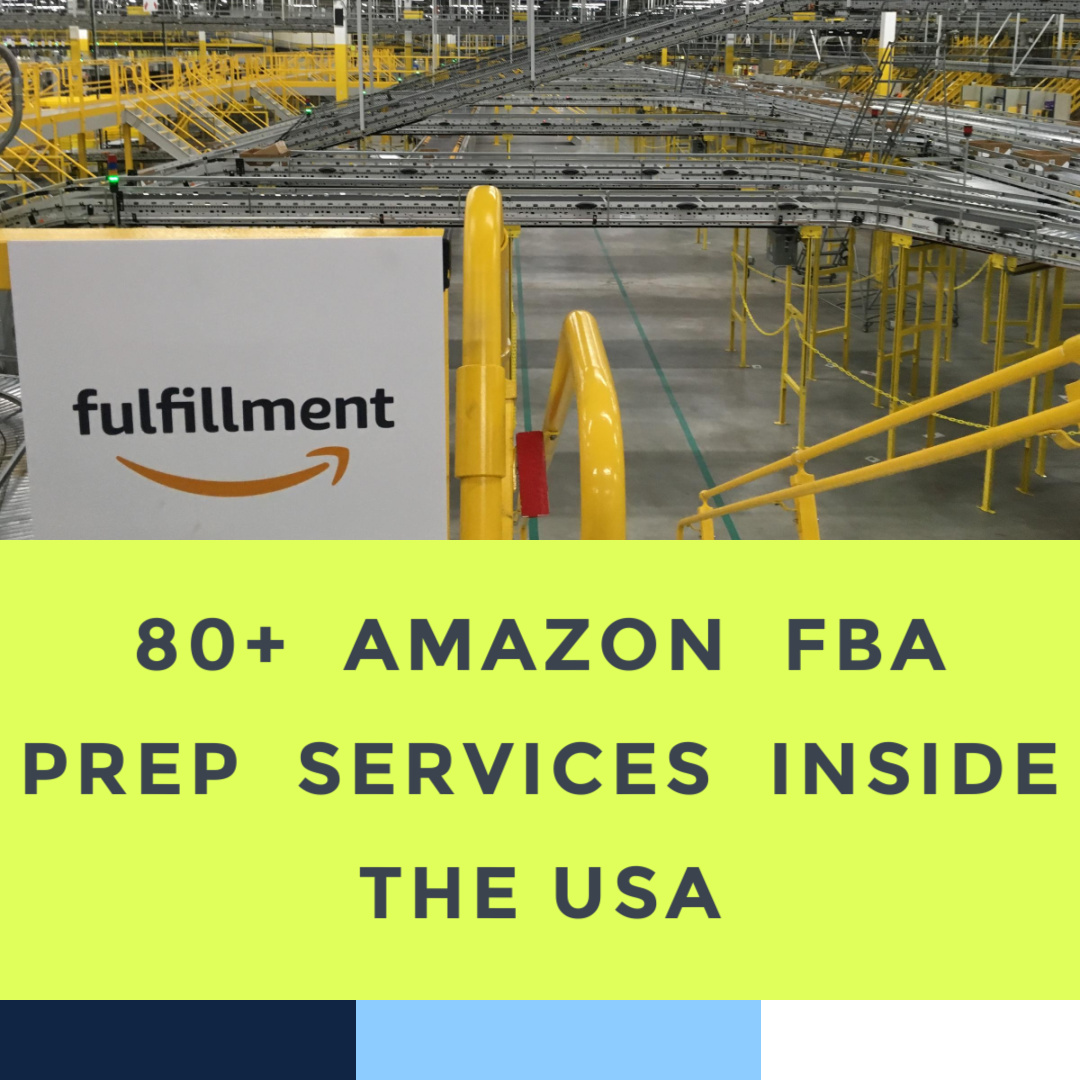Can a Wholesaler Ship My Purchase to Amazon? (FBA)
Posted by Big Brand Wholesale.com on 22nd Nov 2020
We often have new Amazon sellers ask us if we can ship the merchandise they ordered to an Amazon warehouse. Here’s what you need to know:
The idea of Amazon FBA sounds amazing; and I agree, it *sounds* like you can have whatever merchandise you purchased shipped to Amazon and they’ll sell it for you, but this is NOT how it works. In fact, the absolute last thing you want to do is have orders you place online shipped to Amazons warehouse if you do not have FBA 100% set up.
MANDATORY THING #1: Every single item being sent to Amazon must have a scannable barcode (ISBN, UPC, EAN, or JAN). So, if the item is a piece of clothing, it needs to be inside of a plastic bag with the barcode on the bag.
MANDATORY THING #2: Every item must be “prepped”. This includes:
Fragile/glass requires
- Bubble wrap
- Labeling
Liquids require
- Bagging
- Labeling (optional)
Apparel, fabric, plush, and textiles require
- Bagging
- Labeling (optional)
Baby products require
- Bagging
- Labeling (optional)
… There’s a large list of FBA requirements you can view here. Now, if you don’t want to do your own prep you can pay Amazon to do it for you, but it’s not cheap! Here’s some of the fees, PER PIECE, if you want Amazon to prep each item for you ($0.50-$1.90+ each):
But keep in mind, you will still have to have the barcode (mentioned in MANDATORY THING #1) on each item.
MANDATORY THINGS #3 & #4: You need to essentially schedule your shipment to Amazon with Amazon. You can do this through your Amazon Seller page “Prepare Shipment”. When you create your shipment to Amazon you have to let them know how many parcels will be arriving to their warehouse as well as other details such as parcel weight, size, quantity and more. Additionally, you need to make sure your shipments to Amazon are correctly packaged. Amazon has very strict criteria regarding shipments they accept. Here’s a couple of the requirements for sending products to Amazon:
- Use a rigid, six-sided box with flaps intact.
- Use a single address label that has clear, complete delivery and return information.
- Each box you include in the shipment must have its own unique FBA Box ID label printed from your Shipping Queue.
- Each pallet requires four FBA Pallet ID labels, one on the top center of each side. Each box on the pallet also requires its own unique FBA Box ID label.
- When shipping multiple case packs in a master carton, apply the unique FBA Box ID shipping label on the outside of the master carton.
- If you are reusing boxes, remove all old shipping labels, barcodes, or markings.
- Cover existing barcodes with opaque tape or use a black felt-tip marker to render the barcode unscannable by crossing out the barcode. This prevents the incorrect barcode from being accidentally scanned during the receiving process.
- Wrap all items separately.
- Use adequate packaging material.
- Use strong tape designed for shipping.
- Use 2 inches of cushioning between each of your items and the inside of the box.
- After you pack your box, shake it gently. The contents should not move when shaken.
- Using boxes with dimensions measuring at least 6 x 4 x 1 inches and weighing at least 1 lb (but no more than 25.00 inches on any side and under 50.00 lb total) can reduce delays in receiving.
There’s many more rules, requirements and a lot more details. You can learn all about these on FBA Seller Central on your own time, but let me explain what will likely happen if you order merchandise online and have it shipped directly to Amazon’s warehouse without doing the correct work to ensure it is FBA-ready:
USING AMAZON'S ADDRESS AS THE SHIPPING ADDRESS ON A WHOLESALE ORDER
Online companies will ship your order to whatever address you provide. It is the online sellers duty to make sure the merchandise gets to the address, it is not their duty to make sure Amazon accepts and processes the merchandise. So this mean that if you do not follow the FBA guidelines, chances are you have to be prepared to take a loss on the entire order. As much as you do not want to hear this; it’s not the sellers fault, it’s not Amazon’s fault and it’s not the carriers fault… that only leaves one person left, which is you. Yes, it totally sucks; let this be an unfortunate lesson learned. Trust me, we all make mistakes and you can add this to your list of business mistakes. The good news is that you have learned to never do this again, right? Seriously though, whatever mistakes you have made, I guarantee you I have made way more that were way worse over the course of my 15+ years in the industry. AND, I promise you, tomorrow is a new day and you’ll get through this. BUT, best case scenario, MAYBE… just MAYBE… the parcel MIGHT be eventually returned to the shipper and maybe you’ll be able to eventually get it shipped to you. But don’t plan on this happening any time soon. From everything I have read, when incorrect merchandise arrives at an Amazon warehouse, they have no idea WTF to do with it so it basically disappears into Never Never Land. Good luck trying to ever get it back :(
ADVICE:
Want to hire a company to do it all for you? Check out our list of Amazon FBA wholesalers:
Want to DIY Amazon FBA?
If you are a brand new Amazon seller, start by ordering inventory, having it sent to you and work on getting it listed successfully and selling it. Yes, this will mean you have to pack it and ship it.
In the meantime, “learn the ropes”; figure out what the true costs / fees of selling on Amazon are. Learn what you enjoy selling and dislike selling. Read the reviews your buyers leave and take-in that feedback.
After you get some experience, IF you decide you really love selling on Amazon, then you can truly decide if you prefer to use the FBA program. If you do decide you want to move forward with FBA, purchase your label maker and plastic bags. Spend time each night watching FBA YouTube videos and reading about tips and tricks. Learn all of the FBA costs. Decide if you want to “prep” or if you want to pay Amazon to “prep”. Once you iron out all of the details and obtain all of your supplies, then give it a try.
Love this article? Read this one next:
Where to Next? Popular Topics:


